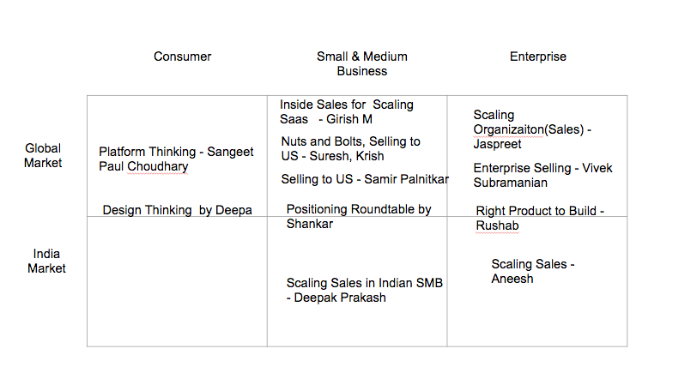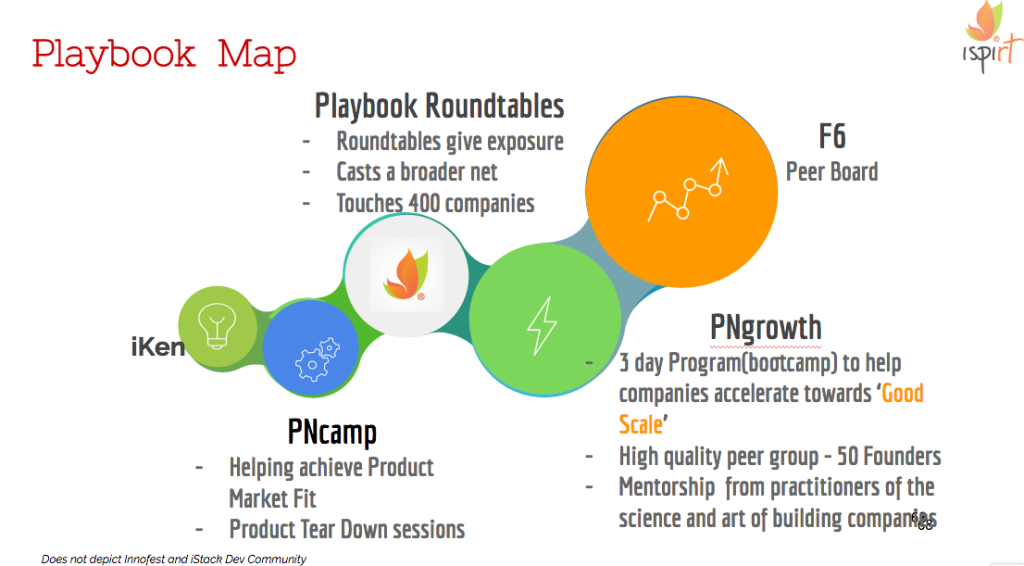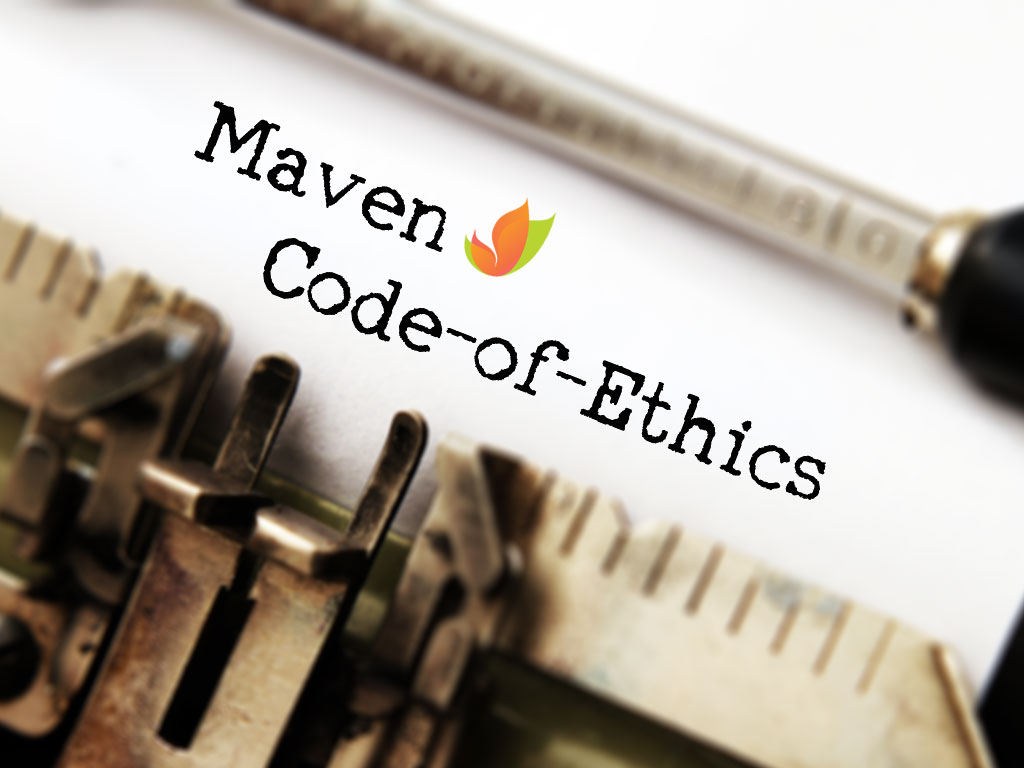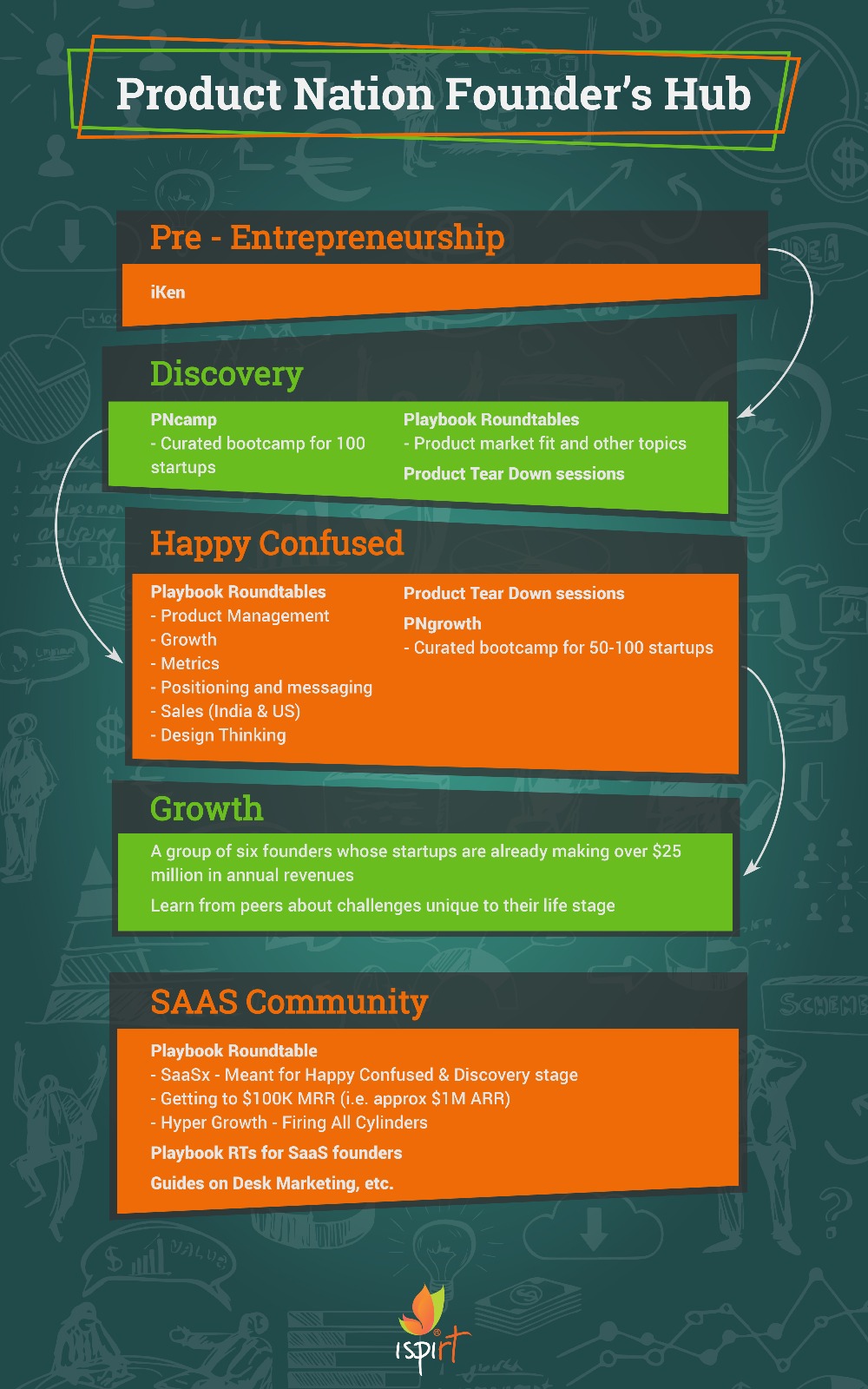There is confusion about how iSPIRT engages with entrepreneurs. This post explains to our engagement model so that the expectations are clear. iSPIRT’s mission is to make India into a Product Nation. iSPIRT believes that startups are a critical catalyst in this mission. In-line with the mission, we help entrepreneurs navigate market and mindset shifts so that some of them can become trailblazers and category leaders.
Market Shifts
Some years back global mid-market business applications, delivered as SaaS, had to deal with the ubiquity of mobile. This shift upended the SaaS industry. Now, another such market shift is underway in global SaaS – with AI/ML being one factor in this evolution.
Similar shifts are happening in the India market too. UPI is shaking up the old payments market. JIO’s cheap bandwidth is shifting the digital entertainment landscape. And, India Stack is opening up Bharat (India-2) to digital financial products.
At iSPIRT, we try to help market players navigate these shifts through Bootcamps, Teardowns, Roundtables, and Cohorts (BTRC).
We know that reading market shifts isn’t easy. Like stock market bubbles, market shifts are fully clear only in hindsight. In the middle, there is an open question whether this is a valid market shift or not (similar to whether the stock market is in a bubble or not). There are strong opinions on both sides till the singularity moment happens. The singularity moment is usually someone going bust by failing to see the shift (e.g. Chillr going bust due to UPI) or becoming a trailblazer by leveraging the shift (e.g. PhonePe’s meteoric rise).
Startups are made or unmade on their bets on market shifts. Bill Gates’ epiphany that browser was a big market shift saved Microsoft. Netflix is what it is today on account of its proactive shift from ground to cloud. Closer home, Zoho has constantly reinvented itself.
Founders have a responsibility to catch the shifts. At iSPIRT, we have a strong opinion on some market shifts and work with the founders who embrace these shifts.
Creating Trailblazers through Winning Implementations
We are now tieing our BTRC work to specific market-shifts and mindset-shifts. We will only work with those startups that have a conviction about these market/mindset-shifts (i.e., they are not on the fence), are hungry (and are willing to exploit the shift to get ahead) and can apply what they have learned from iSPIRT Mavens to make better products.
Another change is that we will work with young or old, big or small startups. In the past, we worked with only startups in the “happy-confused” stage.
We are making these changes to improve outcomes. Over the last four years, our BTRC engagements have generated very high NPS (Net Promoter Scores) but many of our startups continue to struggle with their growth ceilings, be it an ARR threshold of $1M, $5M, $10M… or whether it is a scalable yet repeatable product-market fit.
What hasn’t changed is our bias for working with a few startups instead of many. Right from the beginning, iSPIRT’s Playbooks Pillar has been about making a deep impact on a few startups rather than a shallow impact on many. For instance, our first PNGrowth had 186 startups. They had been selected from 600+ that applied. In the end, we concluded that we needed even better curation. So, our PNGrowth#2 had only 50 startups.
The other thing that hasn’t changed is we remain blind to whether the startup is VC funded or bootstrapped. All we are looking for are startups that have the conviction about the market/mindset-shift, the hunger to make a difference and the inner capacity to apply what you learn. We want them to be trailblazers in the ecosystem.
Supported Market/Mindset Shifts
Presently we support 10 market/mindset-shifts. These are:
-
AI/ML Shift in SaaS – Adapt AI into your SaaS products and business models to create meaningful differentiation and compete on a global level playing field.
-
Shift to Platform Products – Develop and leverage internal platforms to power a product bouquet. Building enterprise-grade products on a common base at fractional cost allows for a defensible strategy against market shifts or expanding market segments.
-
Engaging Potential Strategic Partners (PSP) – PSPs are critical for scale and pitching to them is very different from pitching to customers and investors. Additionally, PSPs also offer an opportunity to co-create a growth path to future products & investments.
-
Flow-based lending – Going after the untapped “largest lending opportunity in the world”.
-
Bill payments – What credit and corporate cards were to West, bill payments will be to India due to Bharat Bill Pay System (BBPS).
-
UPI 2.0 – Mass-market payments and new-age collections.
-
Mutual Fund democratization – Build products and platforms that bring informal savings into the formal sector.
-
From License Raj to Permissions Artefact for Drones – Platform approach to provisioning airspace from the government.
-
Microinsurance for Bharat – Build products and platforms that reimagine Agri insurance on the back of India Stack and upcoming Digital Sky drone policy.
-
Data Empowerment and Protection Architecture (DEPA) – with usage in financial, healthcare and telecom sectors.
This is a fluid list. There will be additions and deletions over time.
Keep in mind that we are trying to replicate for all these market/mindset-shifts what we managed to do for Desk Marketing and Selling (DMS). We focussed on DMS in early 2014 thanks to Mavens like Suresh Sambandam (KissFlow), Girish Mathrubootham (Freshworks), and Krish Subramaniam (Chargebee). Now DMS has gone mainstream and many sources of help are available to the founders.
Seeking Wave#2 Partners
The DMS success has been important for iSPIRT. It has given us the confidence that our BTRC work can meaningfully help startups navigate the market/mindset-shifts. We have also learned that the market/mindset-shift happens in two waves. Wave#1 touches a few early adopters. If one or more of them create winning implementations to become trailblazers, then the rest of the ecosystem jumps in. This is Wave#2. Majority of our startups embrace the market-shift in Wave#2.
iSPIRT’s model is geared to help only Wave#1 players. We falter when it comes to supporting Wave#2 folks. Our volunteer model works best with cutting-edge stuff and small cohorts.
Accelerators and commercial players are better positioned to serve the hundreds of startups embracing the market/mindset-shift in Wave#2. Together, Wave#1 and Wave#2, can produce great outcomes like the thriving AI ecosystem in Toronto.
To ensure that Wave#2 goes well, we have decided to include potential Wave#2 helpers (e.g., Accelerators, VCs, boutique advisory firms and other ecosystem builders) in our Wave#1 work (on a, needless to say, free basis). Some of these BTRC Scale Partners have been identified. If you see yourself as a Wave#2 helper who would like to get involved in our Wave#1 work, please reach out to us.
Best Adopters
As many of you know, iSPIRT isn’t an accelerator (like TLabs), a community (like Headstart), a coworking space (like THub) or a trade body. We are a think-and-do-tank that builds playbooks, societal platforms, policies, and markets. Market players like startups use these public goods to offer best solutions to the market.
If we are missing out on helping you, please let us know by filling out this form. You can also reach out to one of our volunteers here:
Chintan Mehta: AI shift in SaaS, Shift to Platform Products, Engaging PSPs
Praveen Hari: Flow-based lending
Jaishankar AL: Bill payments
Tanuj Bhojwani: Permissions Artefact for Drones
Nikhil Kumar: UPI2.0, MF democratization, Microinsurance for Bharat
Siddharth Shetty: Data Empowerment and Protection Architecture (DEPA)
Meghana Reddyreddy: Wave#2 Partners
We are always looking for high-quality volunteers. In case you’re interested in volunteering, please reach out to one of the existing volunteers or write to us at [email protected]








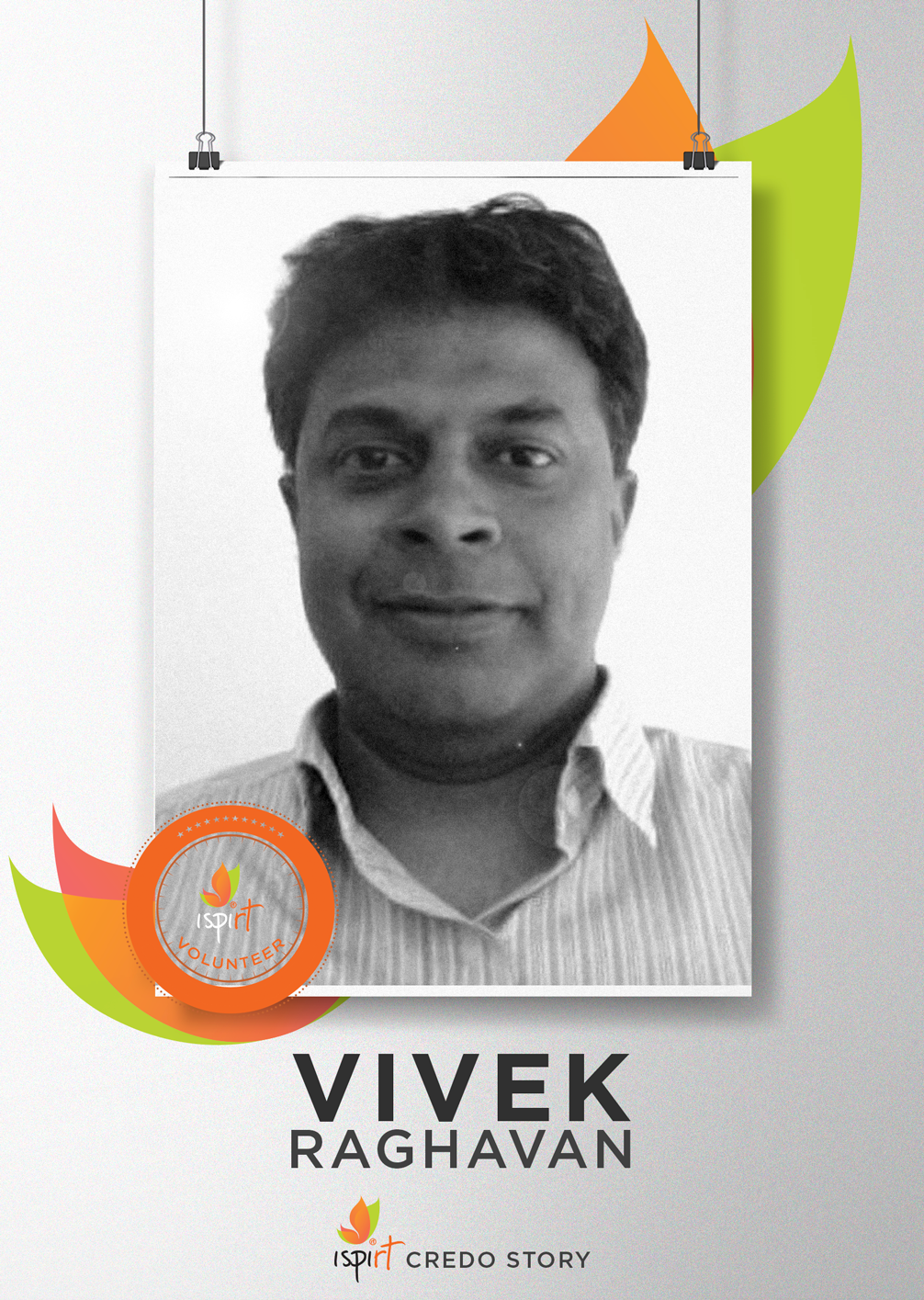
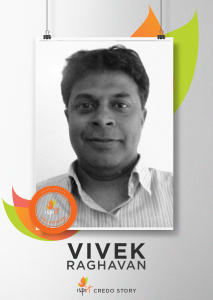 Vivek Raghavan
Vivek Raghavan

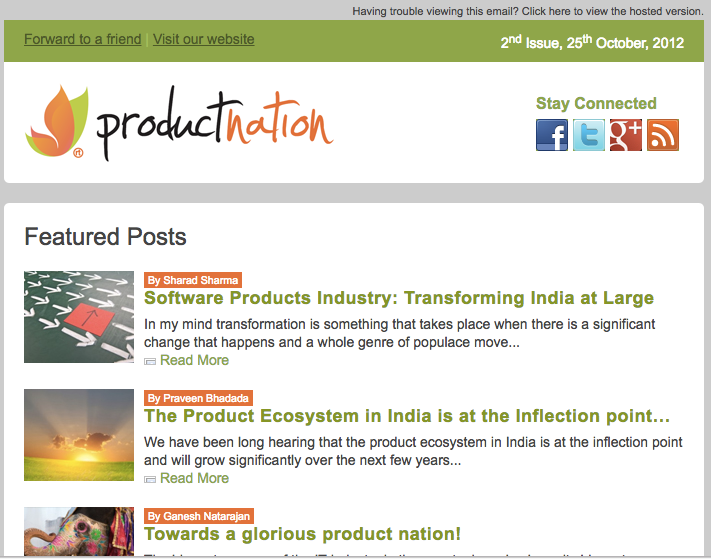






 It was truly inspiring and motivating to see so many people pay it forward, we were blessed to have that kind of support. Gave us more passion and energy to realize our vision to spread the awareness and application of design thinking.
It was truly inspiring and motivating to see so many people pay it forward, we were blessed to have that kind of support. Gave us more passion and energy to realize our vision to spread the awareness and application of design thinking.
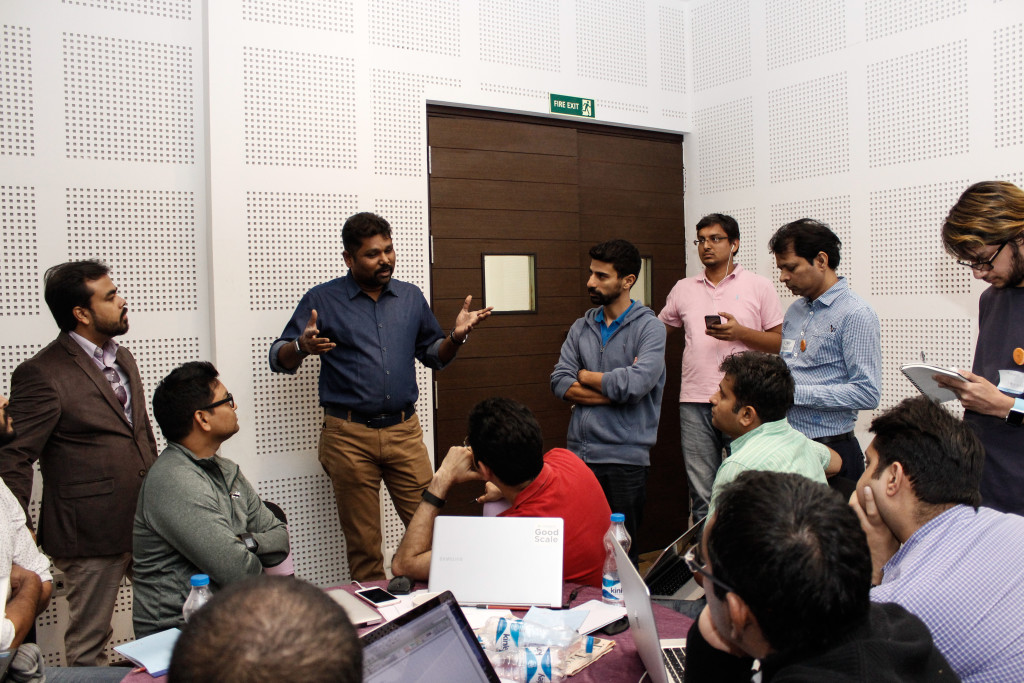 The goal was to create 8-10 companies every year which would eventually go on to become $10mn revenue companies in the next 3 years.
The goal was to create 8-10 companies every year which would eventually go on to become $10mn revenue companies in the next 3 years.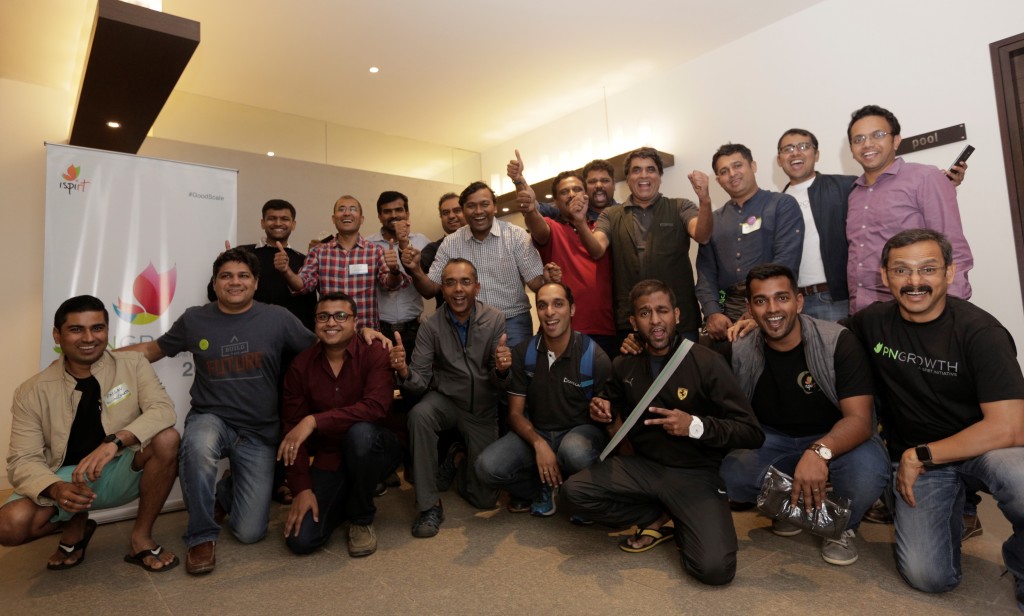 My next request was to get
My next request was to get 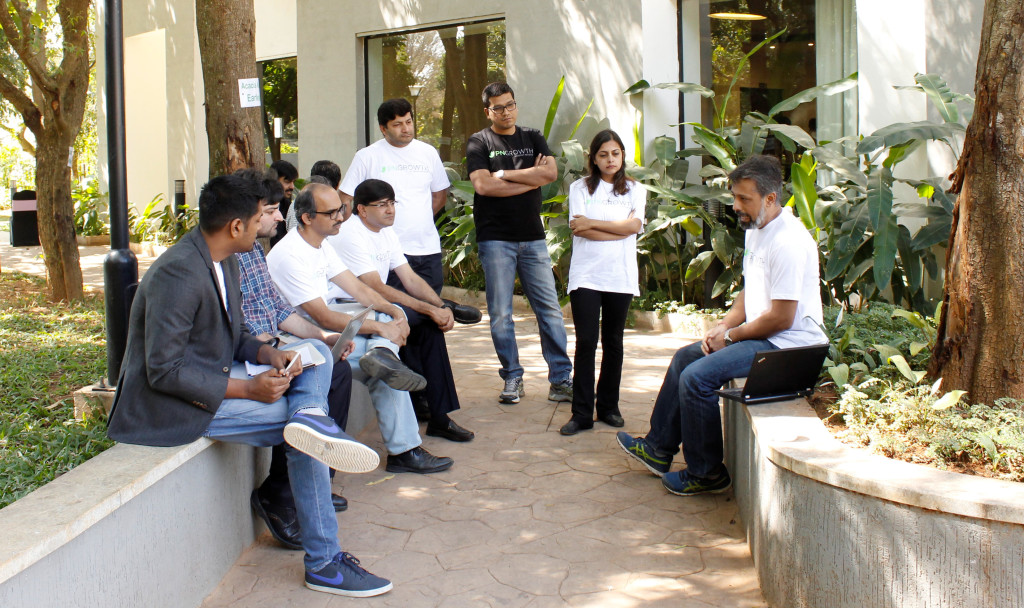 It was great to see that all the facilitators did an outstanding job of delivery of the frameworks and ensured that they shared real life stories and lots of data and numbers from their companies. What was more important was that they made sure they spent time with all the attendees and ensured they received personalised attention. They were able to build a personal connect and trust within the startup community by sharing internal information even though they didn’t have to, thereby making the discussion even more credible.
It was great to see that all the facilitators did an outstanding job of delivery of the frameworks and ensured that they shared real life stories and lots of data and numbers from their companies. What was more important was that they made sure they spent time with all the attendees and ensured they received personalised attention. They were able to build a personal connect and trust within the startup community by sharing internal information even though they didn’t have to, thereby making the discussion even more credible.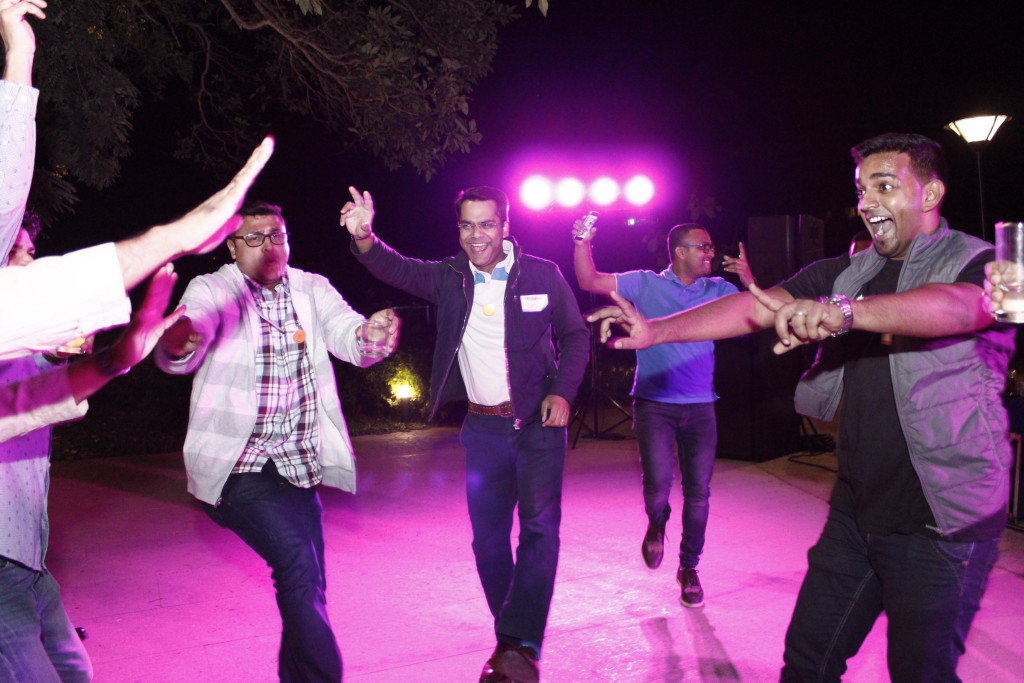 HOW DID WE THEN SELECT WHO ACTUALLY GOT TO SEE THE MOVIE?
HOW DID WE THEN SELECT WHO ACTUALLY GOT TO SEE THE MOVIE?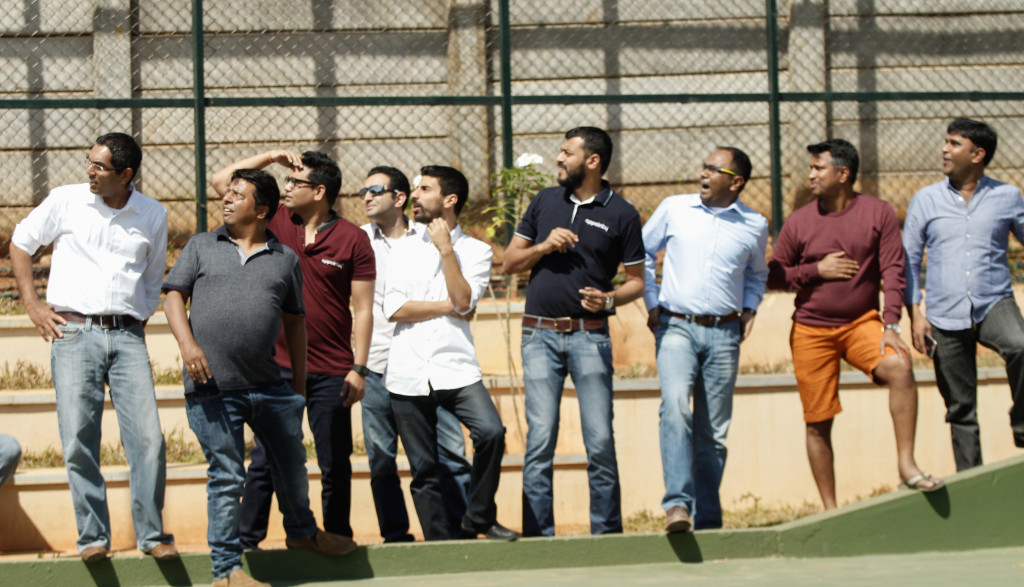
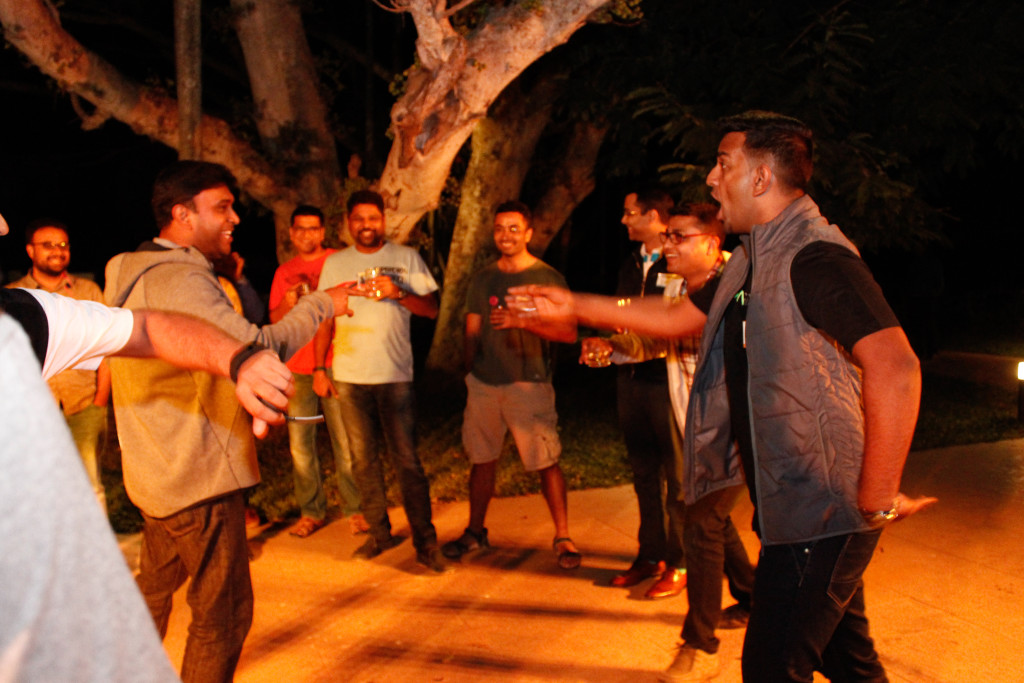 WHAT ABOUT THE CREW?
WHAT ABOUT THE CREW?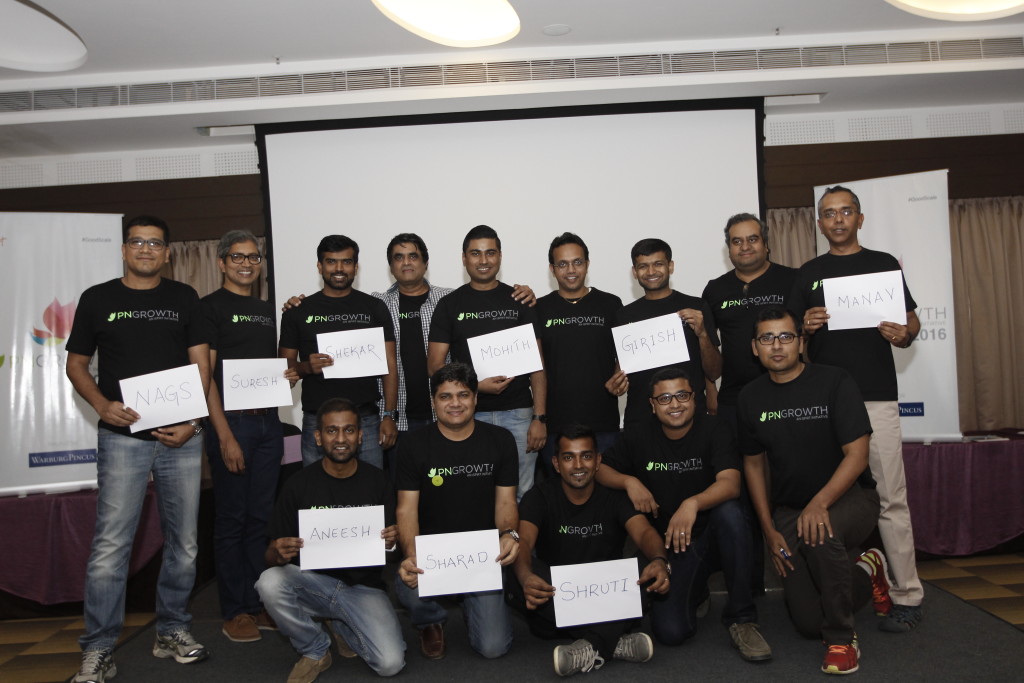 I don’t know if i would ever be able to do something like that. Hats off to all the volunteers who put together an awesome experience for the PNgrowth family.
I don’t know if i would ever be able to do something like that. Hats off to all the volunteers who put together an awesome experience for the PNgrowth family.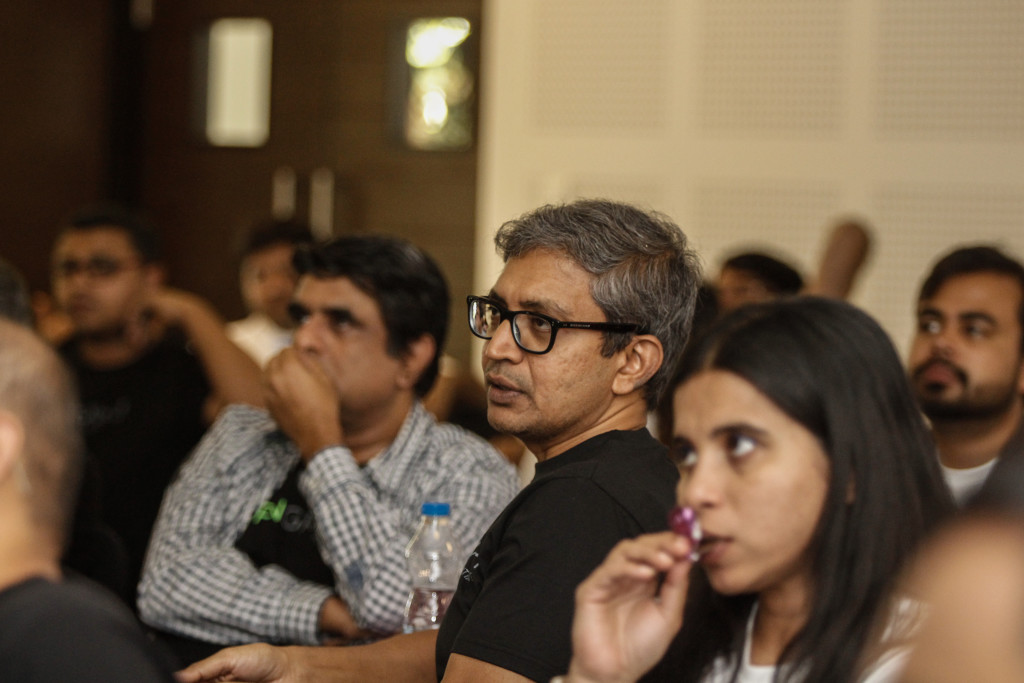 The complete session went on till almost tea break after which the candidates came back in for the third and final session by Shekhar and Manav.
The complete session went on till almost tea break after which the candidates came back in for the third and final session by Shekhar and Manav.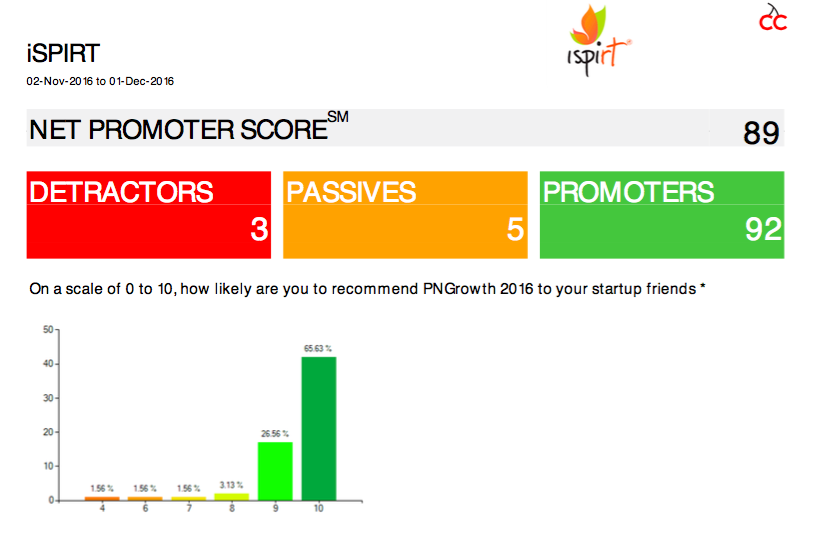 After this, all founders were made to do this exercise on “Getting to 3X Growth
After this, all founders were made to do this exercise on “Getting to 3X Growth 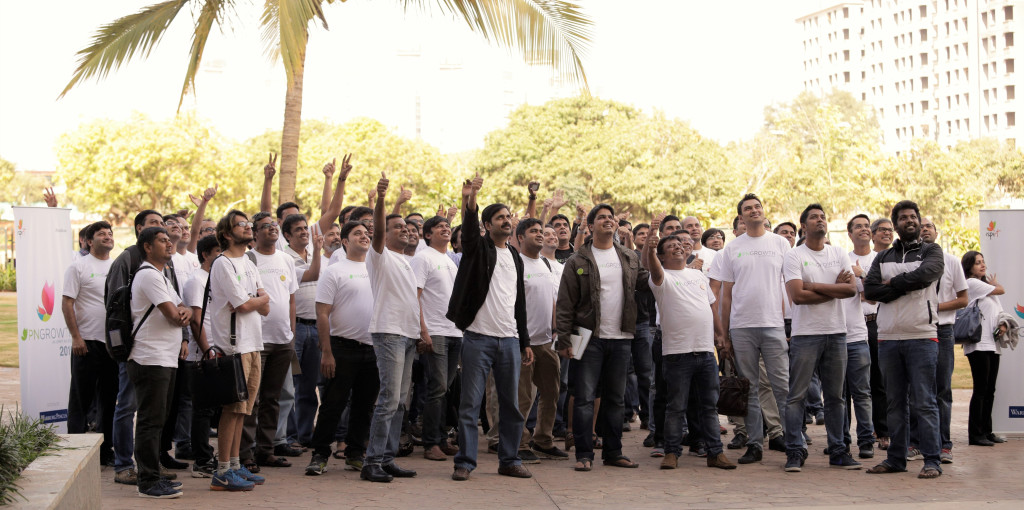
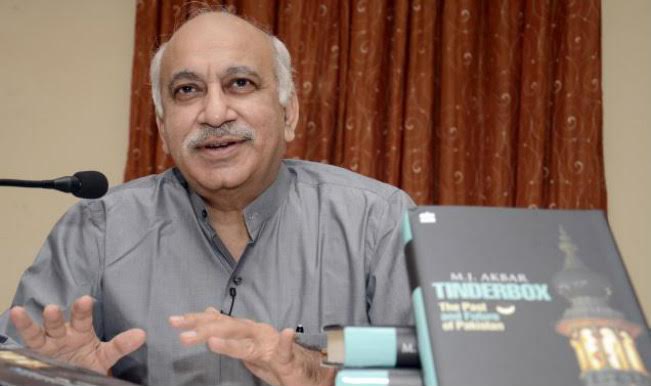
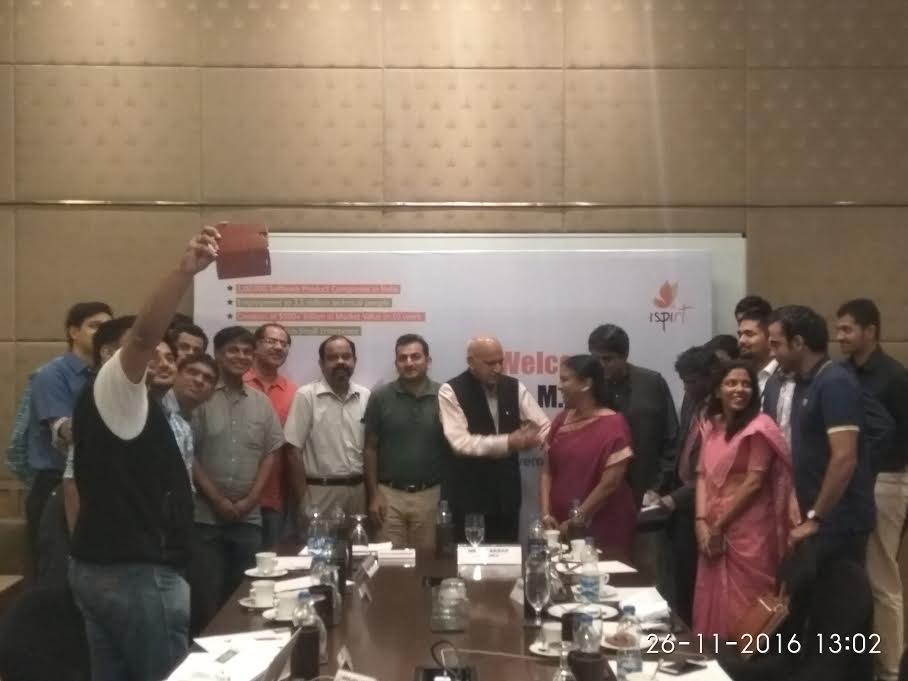
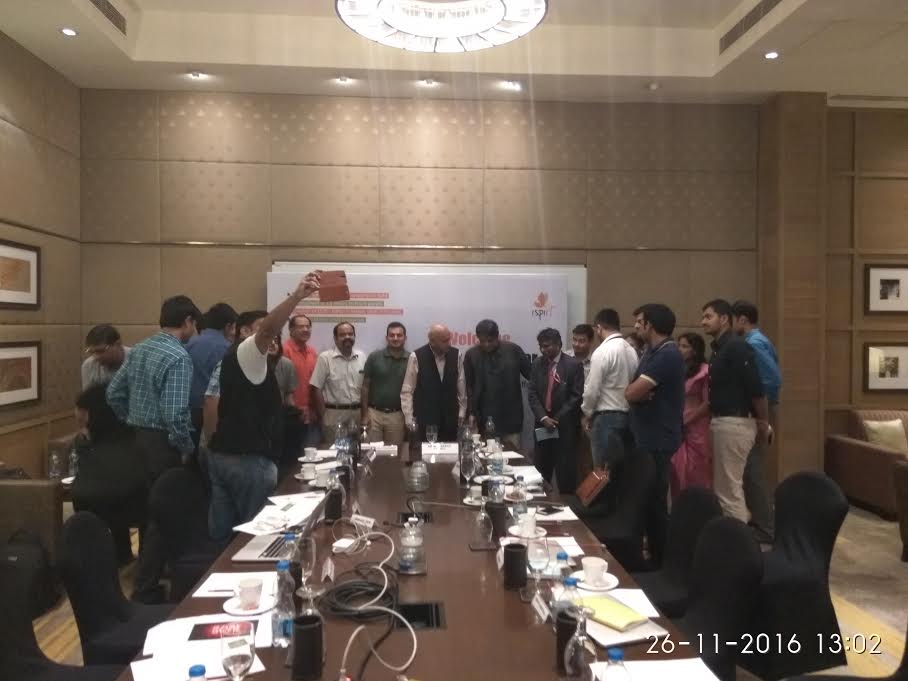
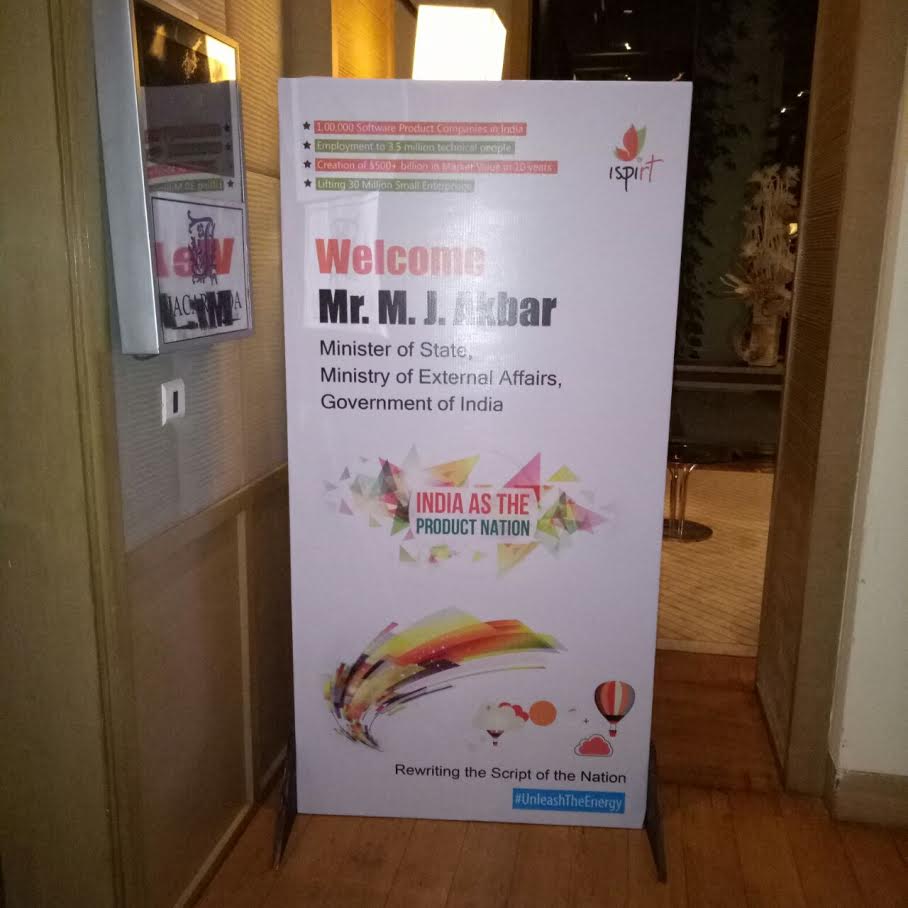
 Think of this as group study for 7th class students in an age where there no school & teacher and one has to pass the 10th standard board exam. Some one who has done that leads the group study.
Think of this as group study for 7th class students in an age where there no school & teacher and one has to pass the 10th standard board exam. Some one who has done that leads the group study.